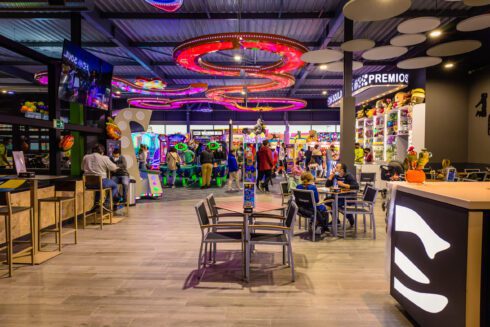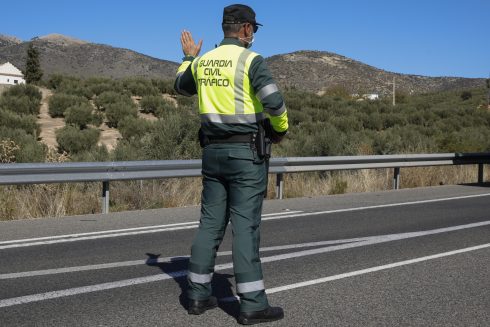A STUDY has found tourists flats in Spain have caused long-term rents to surge by over 30%.
Researchers from the University of Malaga have revealed tourist flats have pushed up rent prices by 33% in busy areas.
The study called the situation ‘proof of the power of capitalism’ and urged for ‘regulation in the short term to guarantee access to dignified housing.’

Photo: Cordon Press
It is part of a wider study known as ‘The Impact of Tourist Lets in Malaga Province: Analysis and Suggestions from a Public Law Perspective.’
The research used data from 2016 to 2023, comparing Sevilla and Malaga, both cities with a high number of tourist flats, with Jaen and Teruel, where the rate is much lower.
They also carried out interviews with residents of Malaga city centre, the main focus of the study, between November 2023 and February 2024.
It revealed that when neighbourhoods have over 10% of their accommodation dedicated to tourism, the price of long-term rentals shoots up.
In Malaga, it has gone up some 31% and in Sevilla, this figure goes up to 33%.
Meanwhile researchers found that if the same pressure existed in Jaen and Teruel, the price of housing would rise 44% and 46% respectively.
“We know that the rise in rental prices is pushed by many factors, not just tourism. In fact, it wouldn’t go down automatically if tourist flats suddenly disappeared.
“But this study does reveal a strong relationship between tourist flats and rising rent prices,” says Enrique Navarro, director of the Andalucian Institute of Research and Innovation in Tourism Malaga (IATUR).
They carried out the study alongside the Institute of Legal Researchers on Government and Land (I-INGOT).
The situation is most striking in the Malaga neighbourhood or La Merced, home to the city’s most tourist flats.
There, the cost per m2 has gone from €8.8 in 2016, when the area only had 5% tourist flats to €18 in 2024, when the amount of holiday accommodation had shot up to 40%.
In comparison, the rate has only gone up by €1 in other areas such as Ciudad Jardin and Parque del Sur, where the amount of tourist flats is just 0.6%.

Photo: Cordon Press
“The situation is worrying for urban areas popular with tourists like Malaga and Sevilla and leads to protests,” said the study.
Last November, some 13,000 people took to the streets in both cities, demanding an end to soaring rents which price locals out of their own neighbourhoods.
“We can confirm there is a strong correlation between the price of rents and the amount of tourist accommodation in Malaga,” the study concluded.
They warned against the rising number of holiday flat licenses, while recognising the efforts of local councils to slow their growth.
In Malaga, they have limited licenses to flats which have separate entrances.
They have also banned new licenses in 43 areas where tourist lets exceed 8% of the total accommodation.
To decide which areas, the council also analysed which neighbourhoods had a lower quality of life for locals including noise issues and the disappearance of traditional commerce such as hardware shops.
The research also revealed that despite these measures, tourism has not stopped growing in Malaga since the pandemic.
This intensification is worse in the old town, where it is also affecting neighbouring areas.
“It’s a logical reality that living spaces are a good to be sold in our liberal market, but only considering them as money makers is questionable and society is beginning to call it out,” the study concluded.
Idealista’s latest statistics reveal that Malaga’s property market is at an ‘all time high’ at €3.215 per m2, more than double the rates of a decade ago (€1.535).
The rental market is also rising, with m2 costing on average €15, some 12.5% more than a year ago and over 50% more than a decade ago when it was €6.8.








